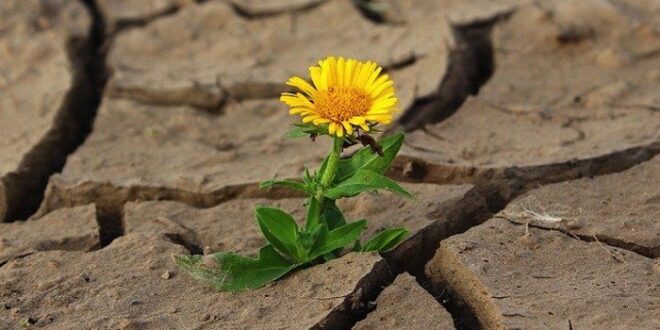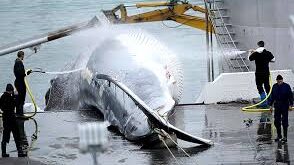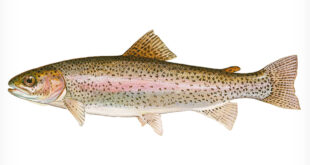By Suri Zheng
What is desertification? It is “the process by which fertile land becomes desert, typically due to drought, deforestation, or inappropriate agriculture.” Or to put it in similar words, the process by which vegetation in grasslands eventually disappears. This term does not discuss the physical expansions of desert land masses, but rather the methods that could change non-dessert regions into deserts.
Desserts cover up more than ⅕ of the earth’s land mass and they are found on every continent. The United Nations Environment Programme (UNEP) notes that desertification has affected 14 million square miles of land and is a primary international concern. Desertification isn’t a minor issue. According to the United Nations Convention to Combat Desertification, 250 million people worldwide are affected by desertification, and by the year 2045, 135 million people may be displaced all due to desertification, which makes desertification one of the most dangerous impacts of global warming.
The most common cause of increasing desertification is human-caused global warming. Or more specifically, deforestation that causes fires, poor agriculture from chemical pesticide uses, overexploitation of natural resources, and lousy livestock practices such as overgrazing. These causes can eventually lead to a lot of consequences, such as loss of biodiversity, food insecurity, loss of vegetation, and increased diseases.
One of the most crucial ways to reduce desertification is by knowing what climate change is. Although that seems easy, understanding climate change can raise awareness and protect the people and the environment. Some other ideas can also be planting more trees because the roots of trees hold the soil together and help to reduce soil erosion, improving soil quality by reducing the amount of grazing animals, etc., water management in places where water is less fortunate, and drip irrigation where water is slowly being dropped to minimize and save water.
In conclusion, although desertification is an immense problem, many places have already begun to take action. For example, in South Africa, where desertification affects people the most. They have started their Green Wall project, launched in 2007 it aims to restore 100 million hectares of currently degraded land and create 10 million green jobs by 2030.
 Tempus Magazine By Students, For Students
Tempus Magazine By Students, For Students 



